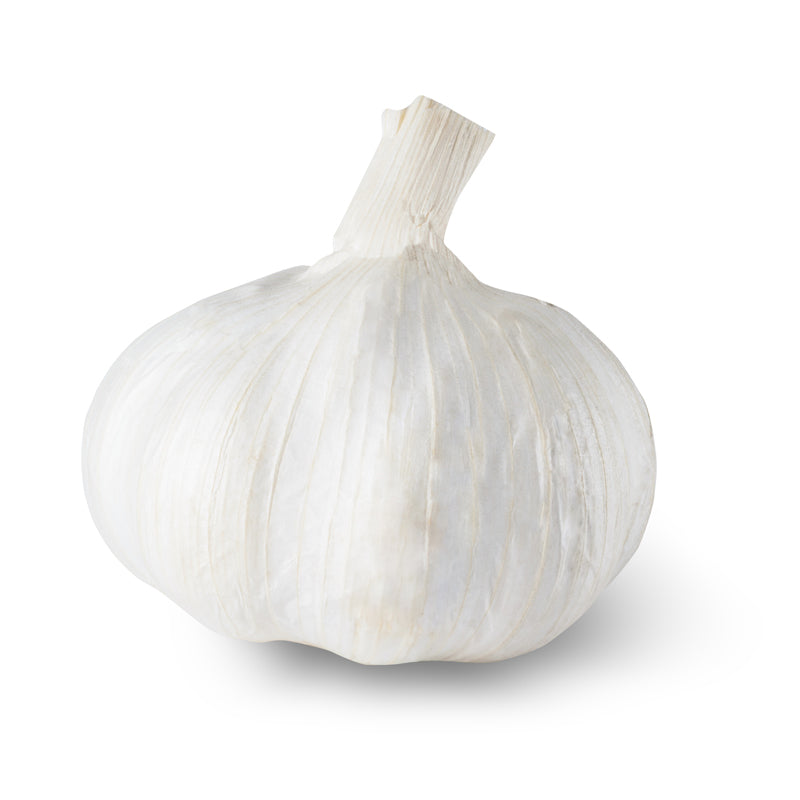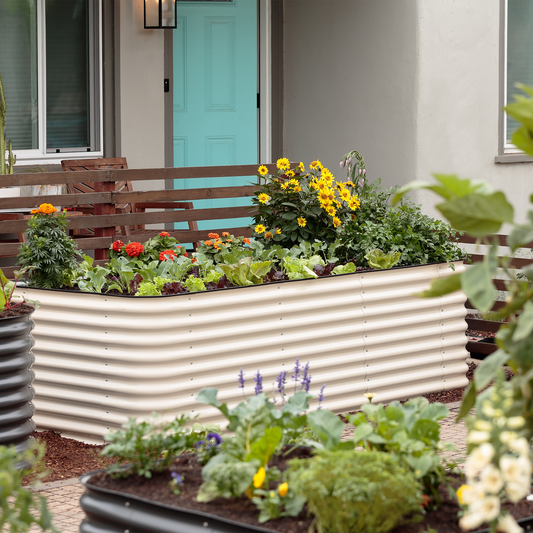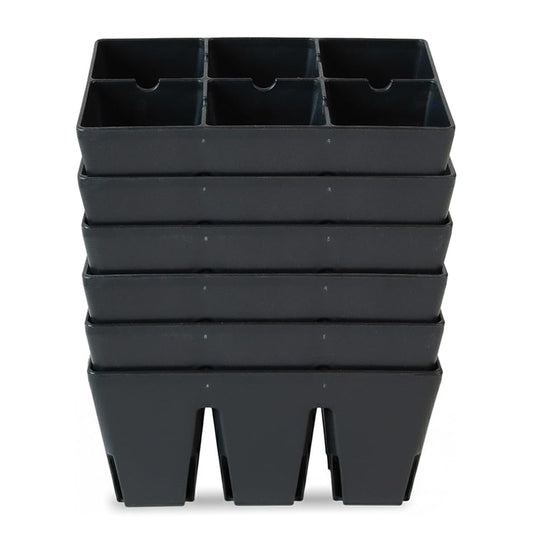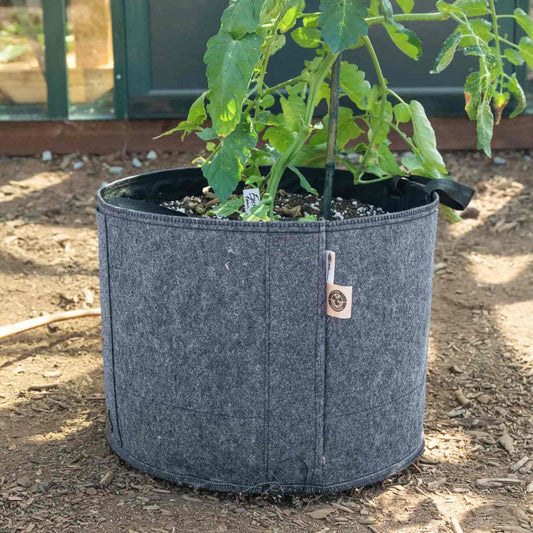
Product Details
Product Details
We’ve officially sold out of this year’s garlic harvest! We harvest and ship once a year and it goes fast. Check back next season and join our email list to be first in line when next year's batch drops.
Cloves per bulb: 10-12
This softneck silverskin garlic was developed in California for its consistent performance and high yields. It is also proven to perform in cold, hot, and humid climates and coastal areas. It has a mild flavor and is great for eating fresh. 'Silver White' has a silvery white skin and contains 10–12 cloves. Harvest for this variety is in the late season. It is excellent for braiding and stores for up to 12 months when properly cured and kept in cool, dry conditions. Softneck varieties are very cold-hardy but do not require a cold period (winter) to produce bulbs, making them a reliable choice for mild climates.
Due to state restrictions, we cannot ship garlic to Idaho, Hawaii, and the following counties in Washington— Adams, Benton, Franklin, Grant, and Klickitat (including cities such as Othello, Pasco, Moses Lake, Kennewick, and Richland). Please do not order garlic if you live in one of these locations.
We source our garlic from local farms, where passionate farmers hand-harvest each bulb. This commitment not only supports our community but also ensures top-notch quality and flavor in every product.
Specification
Specification
Learn More
Watch this Before You Plant Garlic
Softneck vs. Hardneck Garlic: What's the Difference?
How to Grow Garlic in Raised Beds: A Complete Guide
How to Plant, Grow, and Care for Garlic In Your Garden
Is It Too Late To Plant Garlic? A Zone-By-Zone Guide
15 Garlic-Growing Mistakes To Avoid This Year
When To Plant Fall Garlic For The Best Yields
Why You'll Love It
Why You'll Love It
Silver White is your classic softneck garlic and can grow virtually anywhere in the US. While it can occasionally develop a scape in the coldest parts of the US, most softneck garlic doesn’t produce scapes. In warmer areas, this variety stays true to its softneck genetics - it’s only true cold that might rarely cause it to send up that lovely bonus harvest. This is your basic garlic, viable for any cuisine but not as spicy as some other varieties. Use this for everyday cooking; it’s still superior to what you’ll find at the store!
- Variety Info
- Sowing Info
- Growing Info
Variety Info
Days to Maturity: 250-270 days (when planted in fall)
Family: Amaryllidaceae, subfamily Alleoideae (formerly Alliaceae) Allium or Onion family, includes onions, garlic, chives, shallots, and leeks.
Type: Silverskin garlic
Native: Central Asia
Hardiness: Usually grown as an annual to harvest the bulbs, but can be grown as a perennial
Exposure: Full sun to part shade.
Variety Info: This pure-white garlic has a mild flavor suitable for everyday use. Bulbs contain 10–12 cloves. They can be stored for up to 12 months.
Sowing Info
When to Sow Outside: Garlic is planted in fall for harvest 7 to 9 months later (midsummer). In areas with cold winters, sow individual cloves from mid-September to mid-November. Garlic is frost-hardy but ideally should be planted 4 to 6 weeks before the first hard freeze to give the bulbs time to establish roots. In areas with mild winters, garlic can be planted until January.
When to Start Inside: Not recommended if you want to grow bulbs. If you don't get your garlic in the ground, the cloves can be planted indoors any time of year for the green tops that make tasty garlic-flavored raw greens or stir-fry ingredients.
Seed Depth: Plant garlic 2"–3" deep with the pointed side up.
Seed Spacing: One clove every 6"–8"
Row Spacing: 12"–18"
Thinning: Thinning is not necessary if spaced properly during planting.
Growing Info
Harvesting: Garlic bulbs are ready to harvest when the tops are approximately 40% yellow or brown or when the tops start to fall over. This is typically in June and July. Do not leave bulbs in the ground too long, or the skins will decay, reducing storage life. To harvest, lift the bulbs gently with a digging fork (flat tines) or a shovel, digging widely to avoid cutting into them. Gently brush off any loose soil and remove any damaged cloves, but leave the roots and shoots attached. Lay or hang the whole plant in a warm, airy location out of direct sun and protected from rain before curing. For more information, see Garlic: Harvesting, Curing, and Storage.
Special Care: After planting, apply 2"–4" of mulch (e.g., straw, untreated grass clippings, shredded leaves) to maintain moisture, insulate the cloves through the winter, and help prevent frost from pushing cloves to the surface. Loosen mulch in spring to allow shoots to push through thick or compacted mulch. In very cold climates, remove mulch after the last hard freeze to allow soil to warm more quickly. Reapply mulch after shoots emerge to maintain consistent moisture and reduce weeds. Remove weeds regularly to reduce competition for water and nutrients.
You may also like
.

















